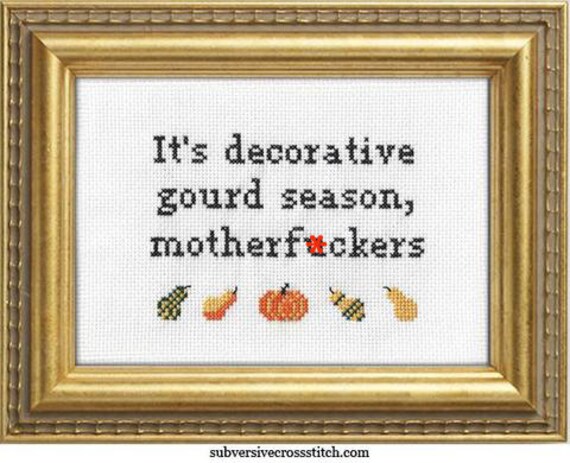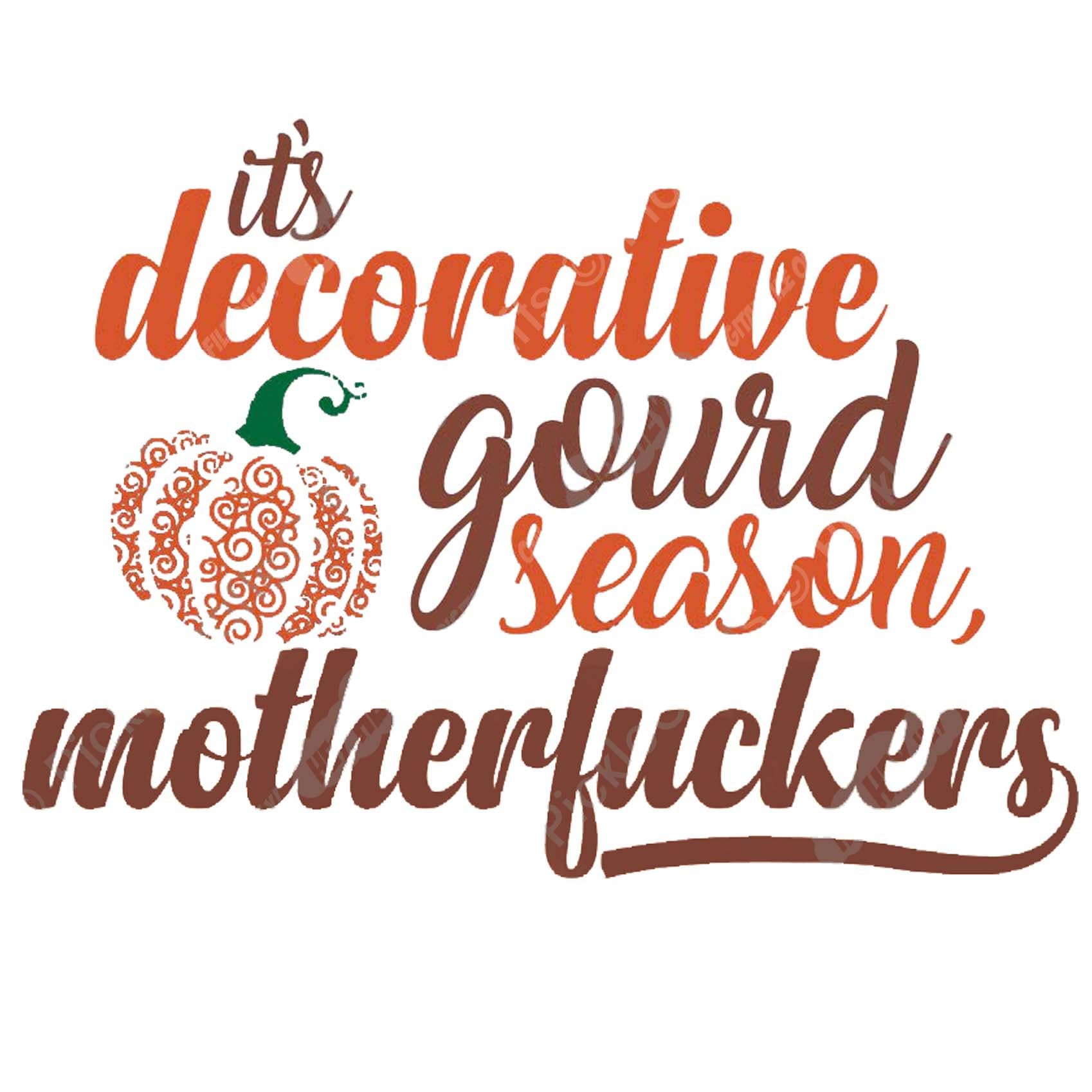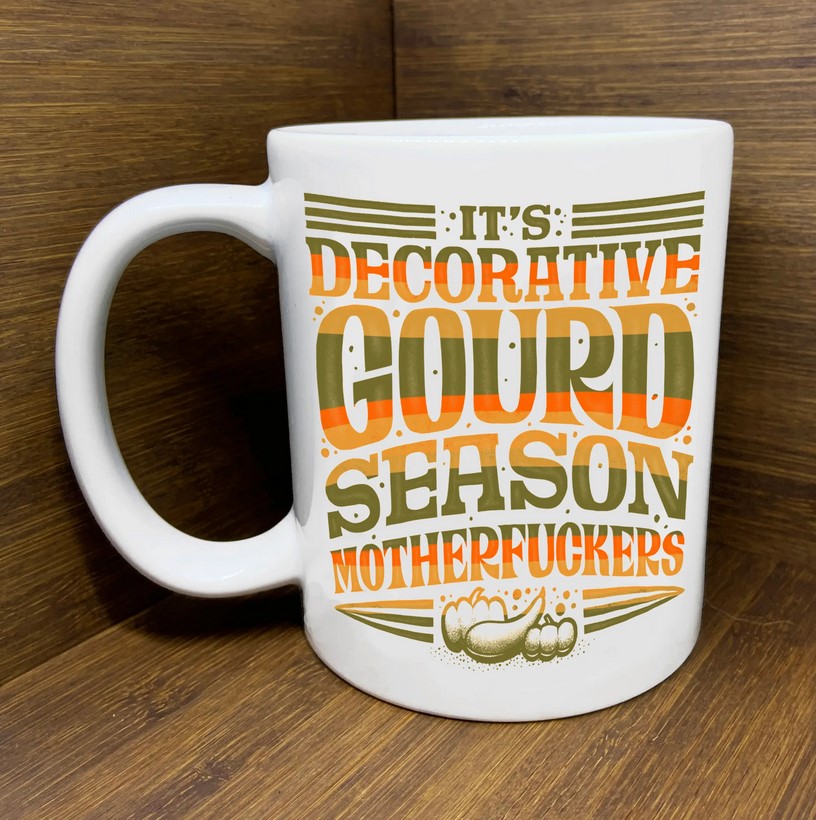The vibrant colors and unique shapes of decorative gourds are more than just eye candy; they signal the arrival of autumn and provide endless opportunities for creative decoration. As someone who has spent years curating my own collection of gourds and experimenting with different decorating techniques, I can assure you that this charming season is one that everyone can enjoy. This article will guide you through everything you need to know about decorative gourds, from types and uses to tips for selecting the finest specimens and enhancing your home decor.
What Are Decorative Gourds?
Decorative gourds belong to the Cucurbitaceae family, which includes pumpkins, squash, and cucumbers. These gourds are primarily grown for ornamental purposes rather than for consumption. Their interesting shapes, textures, and colors make them perfect for seasonal decor.
History of Decorative Gourds
Decorative gourds have a rich history that dates back to ancient civilizations. They have been used for various purposes, including food storage, utensils, and decoration. In many cultures, gourds symbolize abundance and harvest, making them ideal for autumn celebrations.
Types of Decorative Gourds
There’s a wide variety of decorative gourds available in the market. Here, we will explore some popular types:

| Gourd Type | Description | Uses |
|---|---|---|
| Turban Gourd | Distinctive colorful tops resembling a turban. | Table centerpieces and arrangements. |
| Crown Of Thorns | Spiky and unique in shape, resembling a crown. | Halloween decorations and crafts. |
| Warty Gourd | Covered in warts, offering a textured appearance. | Festive displays and rustic decorations. |
| Flat Gourd | Discus-shaped gourds that lie flat. | Crafts and educational projects. |
| Birdhouse Gourd | Large, hollow gourds perfect for crafting. | Birdhouses and crafts. |
When is Decorative Gourd Season?
Decorative gourd season typically begins in late summer and peaks in autumn, around September to November. This is a time when farmers’ markets and craft stores are flooded with an array of gourds, making it the best time of year to explore your options for autumn decor.

Climate and Growing Conditions
It’s essential to understand the growing conditions for gourds if you decide to cultivate your own. Gourds thrive in warm climates and require:
- Full sunlight
- Well-drained soil
- Consistent watering

Choosing the Right Gourds for Your Decor
Shopping for decorative gourds can be a joyful experience. Here are some tips for selecting the best ones:
Factors to Consider

- Color: Look for vibrant and varied colors.
- Shape: Choose a mix of shapes for a more dynamic display.
- Condition: Ensure there are no soft spots, which can indicate spoilage.
Personal Tips from My Experience
On my recent trip to a local pumpkin patch, I learned that sometimes the most unusual-looking gourds can make the most striking decorations. Don’t shy away from imperfections; they add character!

Creative Ways to Use Decorative Gourds
Once you’ve picked out your gourds, it’s time to get creative with how you use them. Here are some of my favorite ideas:
Table Centerpieces
A cluster of assorted gourds can create a stunning centerpiece. Pair them with candles and autumn leaves for a complete look.

Doorway Decorations
Use gourds to create a welcoming fall display at your front door. They can be arranged alongside pumpkins, hay bales, and cornstalks.
Craft Projects
Gourds can also be transformed into fun crafts. Consider painting them or using them in children’s art projects.

DIY Birdhouse Gourds
One of my favorite projects involves hollowing out a birdhouse gourd. It provides a cozy nesting spot for birds and makes for an excellent conversation piece!
Pros and Cons of Using Decorative Gourds
| Pros | Cons |
|---|---|
| Long-lasting decor | Can spoil if not dried properly |
| Environmentally friendly | May attract pests if kept outdoors |
| Versatile for crafts | Color may fade over time |
How to Preserve Decorative Gourds
If you want to keep your decorative gourds looking fresh throughout the season, consider these preservation tips:
Cleaning and Drying
1. Gently wash the gourds with soap and water to remove dirt.
2. Dry them thoroughly to prevent mold growth.
Sealing with Lacquer
Applying a clear lacquer can protect them and enhance their color.
Storing Gourds
Store your gourds in a cool, dry place, away from direct sunlight to maintain their vibrancy.
Frequently Asked Questions (FAQs)
What is the best way to display decorative gourds?
Displaying gourds in diverse arrangements—on tables, shelves, or porches—can create a delightful autumn atmosphere. Use varied heights and colors for visual interest.
Can I eat decorative gourds?
Most decorative gourds are not edible. However, some, like certain types of squash, can be consumed. Always check with a knowledgeable source before consuming any gourd.
How long do decorative gourds last?
Fresh decorative gourds can last several months if stored properly. Dried gourds can be preserved for years but should be protected from moisture and pests.
Can I paint my decorative gourds?
Absolutely! Painting gourds can add a personal touch and enhance your home decor. Use non-toxic paints for best results.
Conclusion
Decorative gourd season is a time to embrace creativity and celebrate the beauty of autumn. From selecting the perfect gourds to utilizing them in your decor, the possibilities are endless. Whether you’re planning a festive gathering or simply want to brighten your home, decorative gourds provide a warm, inviting touch that can be enjoyed by all.
As the leaves change and the air becomes crisp, take a moment to appreciate the enchanting world of decorative gourds. Dive into this season with joy and let your imagination flourish!